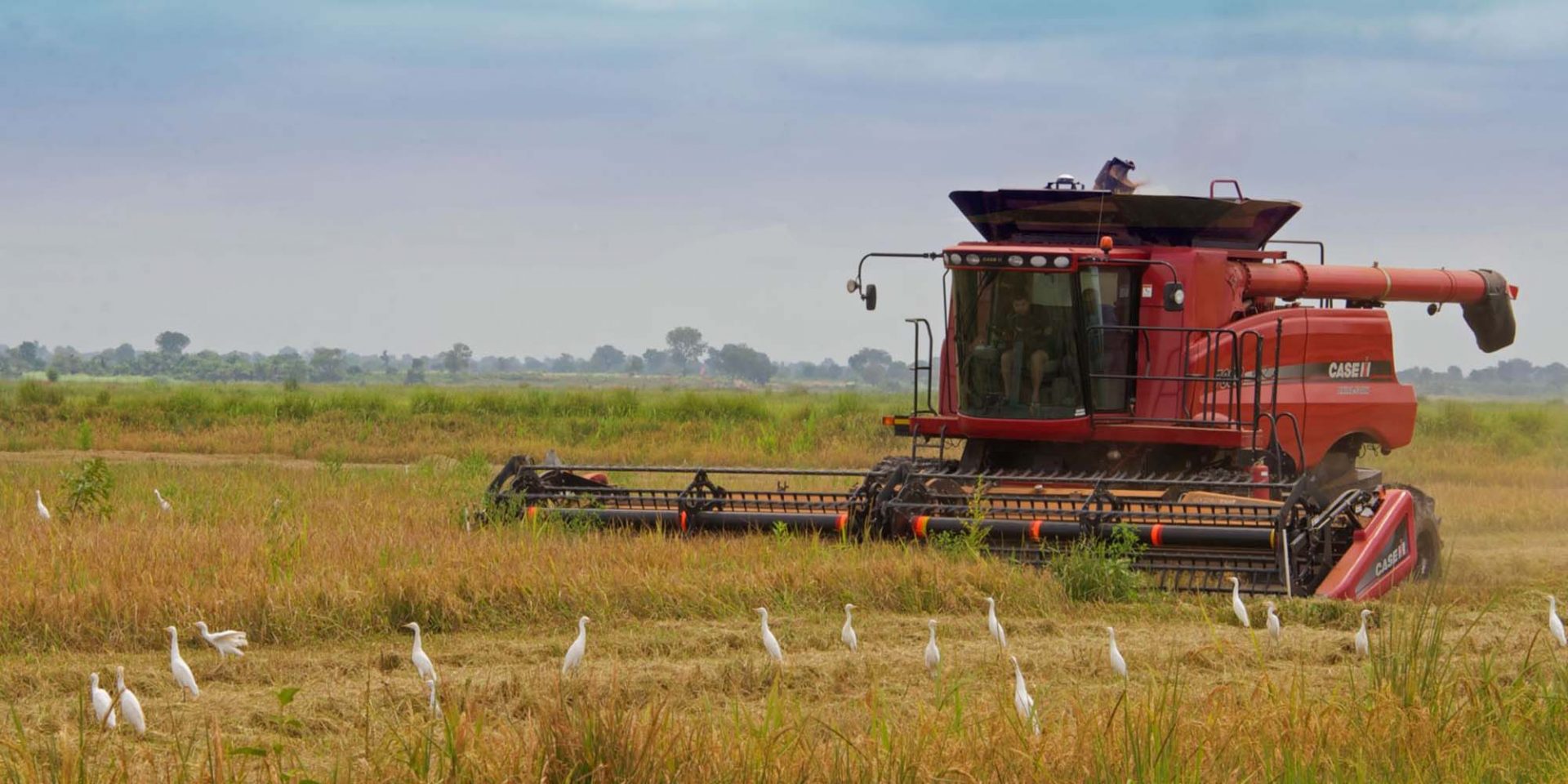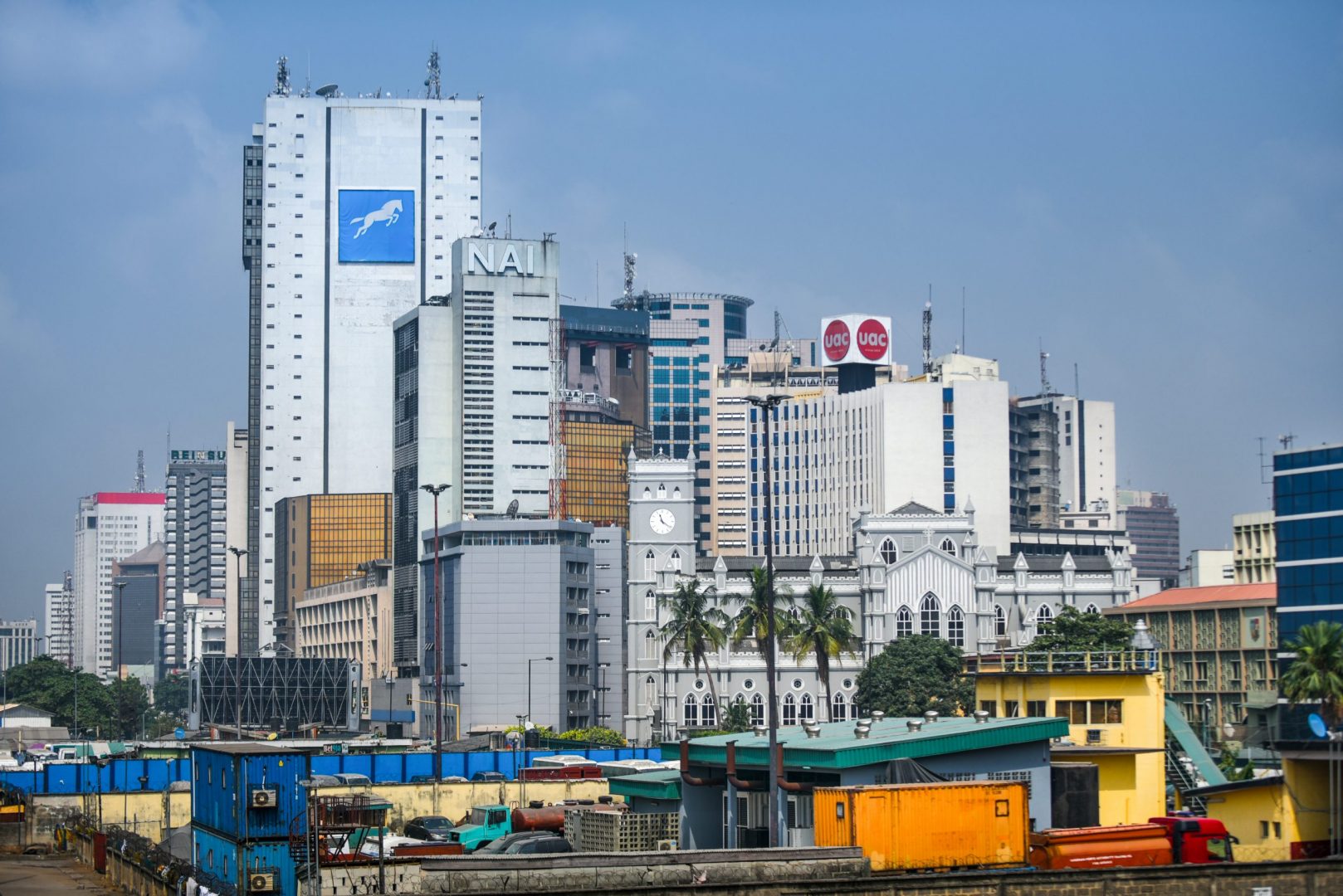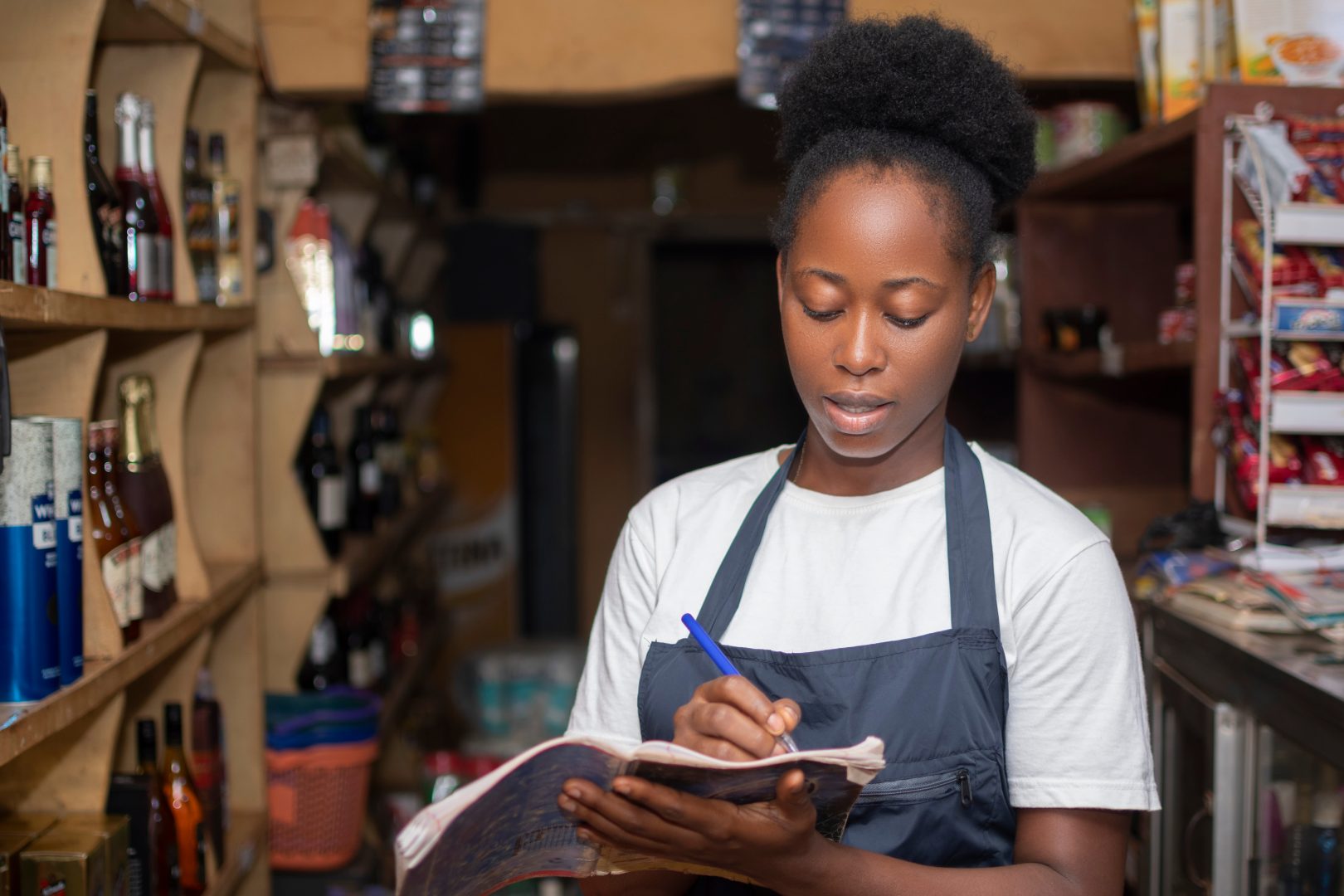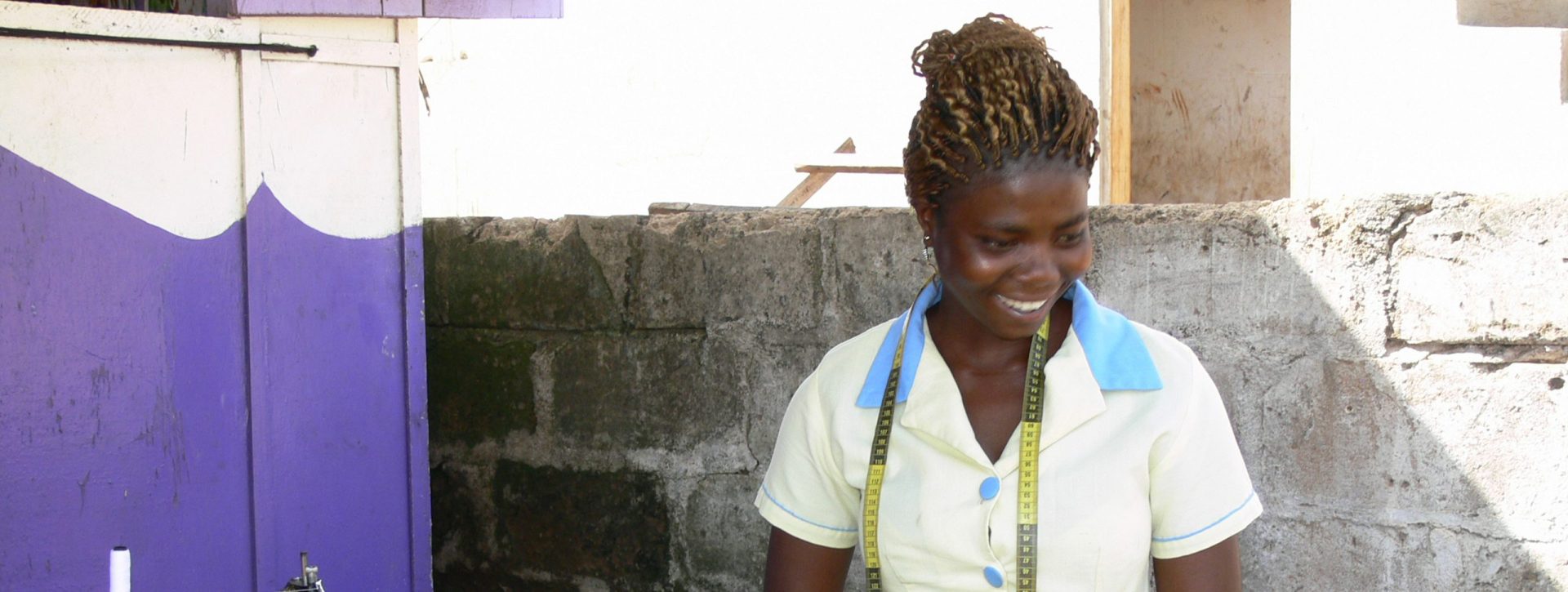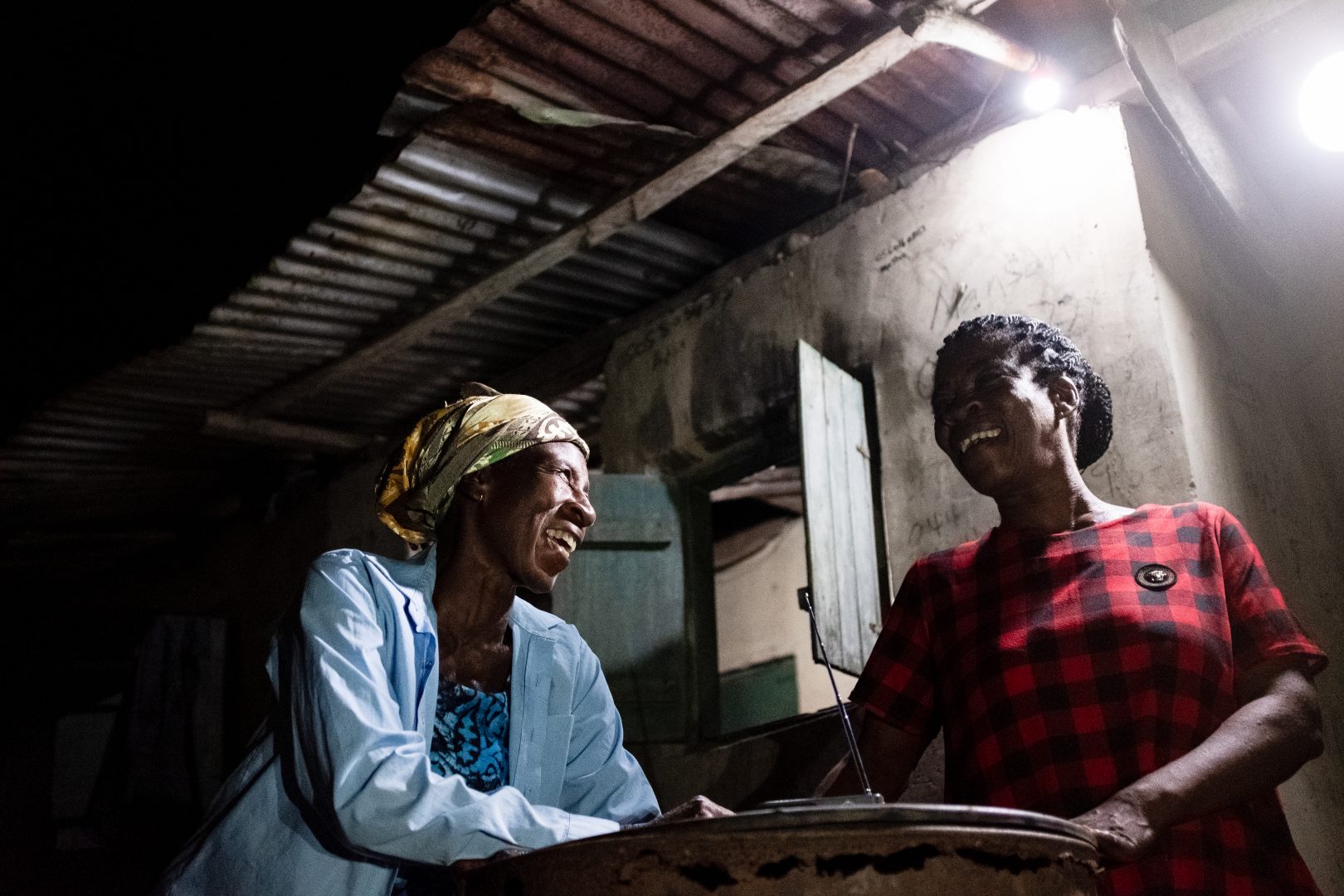In March 2021 we welcomed the publication of Evaluating CDC’s Financial Institutions Portfolio, an independent portfolio-wide analysis of our investments in financial institutions (FIs). The evaluation concluded that while the majority of FI investments were on track to deliver their intended impact, there were ways in which we could strengthen our approach to assessing and understanding our impact and expand our learning. In our original response we committed to reviewing these lessons in depth and, as a learning organisation, considering how they apply to our sector strategy and impact management systems. The timing of the evaluation aligned with the end of our previous strategy period, and the evaluation has helped guide the strategic choices relating to investments in financial services as set out in our 2022-26 Strategy.[1]
The following update describes some of the changes we have made in our approach to investing in FIs in response to each of the seven areas of lessons identified by the evaluation.
- Reaching underserved households and scaling MFIs
Our goal is to maximise our impact. We regard investments that reach more people who are ‘underserved’ (i.e. lack access to economic opportunities, goods and services, etc.) as having greater impact, all else equal. The evaluation noted a need to adopt a standard definition of ‘underserved segments’, as well as to review investments in FIs in Africa to consider their focus on these segments. We have responded to this finding through changes to our strategic approach and our impact measurement tools. For those investments in FIs that aim to directly reach underserved households we now identify and directly target two specific underserved segments to operationalise our ambition for ‘inclusive’ impact – those on low incomes (less than $6.85/day) and women.[2] This approach, as described in our Impact Score, enables us to rank and prioritise investments based on their inclusive impact, ensuring that we are more effectively targeting underserved groups in Africa and elsewhere through FI investments, but also managing inclusiveness at the portfolio level more broadly.
BII invests into microfinance institutions (MFIs) as a precise way to deliver access to finance that targets poor households and the financially excluded. While MFIs are not a transformative, silver bullet for poverty, there is evidence that microfinance does have various positive impacts. The evaluation noted that our investments in MFIs across the portfolio were effective in reaching largely underserved segments. Yet at the same time, investments in African MFIs have been less successful in terms of scale and financial sustainability. Herein lies one of the challenges of investing in FIs: how to reach the underserved in a way that is scalable and financially sustainable. The evaluation highlighted the promise of digital MFI models in rising to this challenge, and in response to this – as well as changes in the market and our own lessons learned – we have increasingly placed digitalisation at the core of our approach.
- Gender
The evaluation also focused specifically on gender-based lending as a thematic issue in reaching the underserved, noting a lack of evidence around efforts to increase gender-based lending in banks and a lack of a consistent approach to gender inclusion across DI theses of investments.[3] As set out in our Gender & Diversity Finance strategy, we have since stepped up efforts to target our portfolio towards women, not just as consumers (borrowers), but as employees and leaders too. For FI investments, this means that we are working with banks to increase their internal diversity while also encouraging them to target and lend to women more actively. Recent examples include investments in:
- Zanaco Bank: Women-led bank with climate directed-lending line and a commitment to providing gender finance for women entrepreneurs
- Light Microfinance: India-based MFI that specifically targets underbanked and low-income female borrowers; and
- Aavas: BII’s first private Gender Bond to increase home lending to women in India
BII also played a leading role in the development and implementation of the 2X Criteria, which provides a guide to investors on which investments will improve women’s participation as workers, consumers, entrepreneurs, and leaders. We have reinforced 2X with our Gender Toolkit, a suite of publicly available resources to promote the uptake of gender lens investing practices, including material specifically tailored to investing in financial institutions. So beyond developing the consistent internal approach recommended in the evaluation, we have raised our ambition by shaping the industry standard on gender-lens investing.
- Geography
The evaluation also raised questions around the balance in our FI portfolio, both in terms of geographies (with a broadly even balance between ‘A/B’ and ‘C/D’ countries at the time), and the large share of Indian MFIs in the FI portfolio.[4] We are already starting to see the results of a rebalancing of our portfolio in the new strategy period. We are still in the early stages of our current strategy and therefore have limited data, nonetheless ‘Alpha’ countries accounted for 10 per cent of FI commitments by value in 2022, up from 6 per cent at the time of the evaluation. For context, ‘Alpha’ geographies represent 4 per cent of the total combined GDP of countries that fall within BII’s geographical remit. Our new Impact Score is helping to incentivise FI investments that not only target those most in need across countries/states, but actively within them. For example, our financing facility with First Bank of Nigeria, which will direct funding to women-owned and led businesses in the country, which has the second highest absolute number of people living in extreme poverty in the world. We continue to strengthen this targeting approach as we are refining our strategy towards FI investments in ‘Alpha’ geographies. The evaluation also highlighted “an opportunity to refocus” away from Indian MFIs, and towards “other types of FIs and sub-sectors”, and we have since diversified our support to a range of financial institutions, including in India. For example, via affordable housing finance (Shubham, Aavas), SME finance (Kinara Capital), and digital financial services (Indifi).
- Providing appropriate capital to SMEs
Micro, small and medium enterprises (SMEs) are critical for developing economies, yet they face a $4 trillion gap between the demand for and supply of financing. Closing this gap is therefore an important part of our strategy. But scaling SME lending by large banks can be challenging given their limited risk appetite combined with relatively stringent credit qualification requirements. This explains why, as identified by the evaluation, BII has been able to support banks in increasing SME lending in absolute terms, but less successful in increasing the share of SME loans in their portfolios. We have responded to this by focusing our equity investments on specialised SME lenders that use tech-enabled models and tailored product design to reach credit-starved smaller businesses. This has been complemented by the use of debt via our directed lending framework, where capital provided to generalist FIs is earmarked for SME lending. We also participate in risk sharing agreements with partner financial institutions – such as via the African Guarantee Fund – to help address the high risk costs and low limits that hold back SME financing.
We have also recognised that reaching SMEs requires innovation. The evaluation identified BII as “a pioneer in investing in [debt] funds which make access to finance possible for companies that would not have otherwise received credit from banks,” but a key lesson was that such funds typically adopt a closed-ended structure, limiting the ability to recycle and redeploy capital and achieve scale. Over the last two years, BII has invested substantial resource into the design and setup of a BII platform company dedicated to breaking out of this model and providing patient growth capital through an innovative approach to funding SMEs. The permanent capital structure, run by a local management team, will aim to achieve a scale at which it can be sustainable on a standalone basis by mobilising capital from local institutions, anchored by an equity funding commitment from BII. We will initially trial this approach in one country but expect it to be replicated in other countries.
- Financial market liquidity for emerging markets
Lack of liquidity in financial markets – particularly in Africa – is, in part, a currency challenge. Many investors prefer to provide ‘hard’ currency (dollar) debt to FIs, to protect themselves from the risk of local currency devaluations. However, this passes the currency risk onto the FI. If they on-lend to companies with local currency revenues and the local currency depreciates or dollars become scarce, they will struggle to service their debts. Hedging facilities to offset this risk are often unavailable or prohibitively expensive for the currencies of many of our markets. The evaluation recognised this problem and proposed several possible options for BII, including local currency lending. In 2022, we put in place an unhedged local currency allowance to have the option of offering local currency financing to impactful projects in certain qualifying currencies. The challenges and risks associated with local currency lending are a fundamental challenge for DFIs, and we continue to explore options that are within our investment policy.
- Developing capital markets
The evaluation noted several ways in which BII was contributing to capital market development in Africa and South Asia. These included through supporting initial public offerings (IPOs), insurers and pension fund managers, and building the private equity market through funds and acting as a “pioneer” in debt funds. However, it also noted that we could be doing more. Therefore, our 2022-26 Strategy has raised our ambition to broaden and deepen the institutional investor base in our markets to unlock domestic, long-term capital at a greater scale. For example, we are developing the market for private credit funds (PCFs), with the aim of attracting institutional investors to help fill the credit gap for African mid-market businesses. We are helping to develop PCFs as an asset class in Africa by supporting credible fund managers, enabling them to build a track record, attract institutional capital, and deepen African capital markets. In doing so we will develop a broader spectrum of alternative lending products, while also working with DFI peers to map and mobilise commercial investors who could help transform African private credit. We have also played a role in developing capital markets via directed lending, whereby financing is extended to an intermediary for a defined use, particularly climate finance (e.g. Pubali Bank in Bangladesh). In doing so we are developing the market for sustainable access to appropriate and adequate financing for high-impact target projects and/or underlying customer segments.
- MRPAs and counter-cyclical finance
The evidence review conducted by the evaluation team found that trade finance is causally linked to export growth in Africa and Asia, and a recent study from the African Development Bank found that the value of trade lost due to lack of access to trade finance amounts to as much as 14 per cent of total trade value in Kenya. This reflects unrealised opportunities for growth, jobs, and increased access to hard currency. Helping to fill this credit gap is a key objective of our work in trade and supply-chain finance, typically delivered via master risk participation agreements (MRPAs). The evaluation noted that we are playing an important role in alleviating issuing bank limits to do exactly this. Some potential areas for improvement were also noted which we have responded to in recent years. The evaluation noted that coverage to ‘A’ countries was low, and we have since managed to double this share in ‘Alpha’ countries and we have the ambition to increase this further. The lack of partner banks supported was also noted, and we have since increased the number of partners we work with from four to seven, whilst also introducing new products and programmes – in the form of Trade Loans and Trade Access (SME lending) – to increase our reach.
[1] Under our 2022-26 Strategy, the terminology has shifted from ‘financial institutions’ to ‘financial services’, reflecting a wider scope. However, the rest of this update refers to FIs to be consistent with the original evaluation.
[2] Our inclusion strategy also involves identifying and prioritising black-owned and managed businesses in sub-Saharan Africa.
[3] The evaluation authors acknowledge that, at the time of writing, our gender function was still ramping up and more than 90% of the investments being evaluated pre-dated the launch of our gender strategy in 2018.
[4] Under BII’s approach to managing development impact at the time of the evaluation, countries (and states in India) were categorised as ‘A’, ‘B’ ‘C’ or ‘D’, with ‘A’ being the highest priority as they were the most difficult to invest and thus our additionality was considered greatest. We have since adjusted our categories and the methodology used to assign them, with ‘Alpha’ countries now considered high priority based on investments there being more likely to have higher inclusive impact. More information can be found in Annex A of our Impact Score overview.
